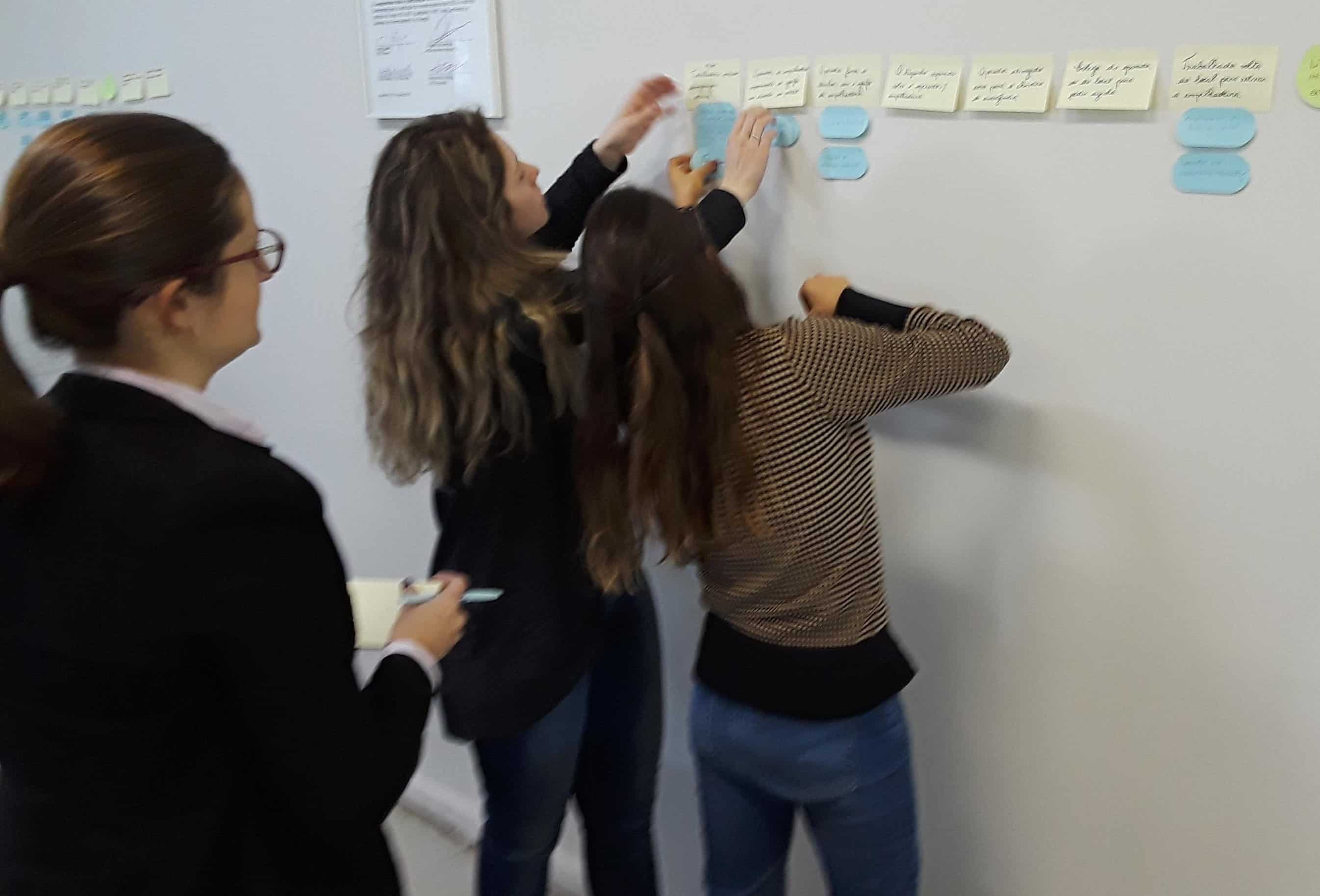The Fallacy of Equipment Failures

Sometimes, stuff just breaks, right?
In today’s fast-paced world of global competition and constant pressure to deliver, leading companies are always searching for the next idea that will set them apart and drive them to the next level. They want to get a leg up on the competition and ensure they are maintaining their world-class status. They focus (rightfully so) on their people and ensure they are giving them the best support and tools to effectively and safely do their jobs. When something bad happens, they look at the human performance issues that are in their processes and apply the TapRooT® system to find human performance-based root causes and corrective actions. And then comes the fallacy of equipment failures: many companies still seem to just accept that “stuff just breaks.”
So, they fix it and then move on. They don’t question it until it breaks the third, fourth, or tenth time. They just keep dumping money into repairs. They may think about “why did it break?” and look for the physical causes of the failure. It never occurs to them that the same human performance issues that affect their safety performance are probably the same issues that are affecting their equipment reliability.
The TapRooT® System Gets Beyond the Fallacy of Equipment Failures
The TapRooT® System recognizes that most equipment doesn’t just fail. It fails because humans are involved. Not because humans are “bad”, but because humans are humans. It’s kind of what we do. We make errors, and sometimes the equipment suffers because of it. Just consider all the errors that a human can make on a piece of equipment.
We can:
- Buy the wrong part
- Install the equipment incorrectly
- Start it up wrong
- Operate it outside its intended design
- Shut it down improperly
- Do the wrong maintenance on it
- Do the maintenance incorrectly
- Store the equipment wrong
None of these are necessarily on purpose. It’s just what humans do. But if we aren’t looking for these problems, and just correct the symptoms (“bearing failed – replace the bearing”), we’ll continue to have repeat failures.
We can use the Equifactor® Equipment Troubleshooting Tables to help identify the physical cause, and then apply the TapRooT® System to understand the human performance issues leading to the failure. It can be used anywhere humans are involved in a process, including our equipment reliability processes. Using the process, we can ask the right questions, look for areas where humans made errors, and put effective corrective actions in place to ensure we don’t make those mistakes again. We aren’t blaming the humans. We’re just ensuring they have the right tools to give them the opportunity to prevent these types of errors in the future.
Equipment failures are rarely just failures of equipment. They are opportunities to improve our human processes from the beginning of the equipment lifecycle through to the end of life. Learn more about Equifactor®Equipment Troubleshooting, TapRooT®’s framework for troubleshooting and proving equipment failures.



